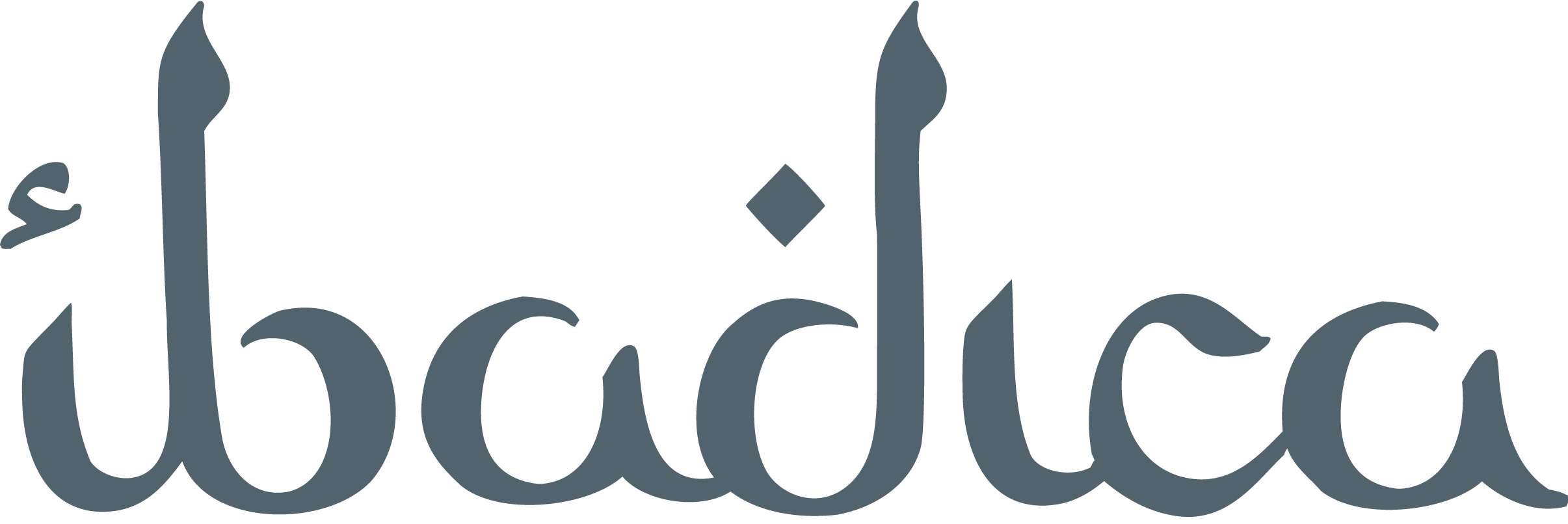The Musical Design of National Space and Time in Oman
Contenu
- Titre
- The Musical Design of National Space and Time in Oman
- Créateur
- Rasmussen, Anne K. Voir tous les contenus avec cette valeur
- Date
- 2012
- Dans
- The World of Music Voir tous les contenus avec cette valeur
- Résumé
- This article unpacks ethnographic research conducted in 2010–2011 and in 2012 among cultural activists and reformers who are using music as a generative force toward the development of collective identities in a geopolitical space. I analyze three domains of cultural production and consider how the Sultan's initiatives have resulted in the embodiment of artistic consumption and connoisseurship that are required for musical life in the public sphere: first are the Sultan's privately controlled military bands, Arab music ensembles, and symphony orchestra; second are public arts festivals that nurture and celebrate traditional music and dance; third is the domain of Omani popular music facilitated by Arab regional interculturalism and media flows that depend significantly on practitioners from Egypt, Iraq, and other Gulf states. I show how these domains of music and dance work to enable the imagination of a cultural space and time for Oman and its historical and contemporary relationships with the Arab world, Africa, Asia, and "the West." The ethnographic focus on the Salalah Festival in the Dhofar province, provides a close-up shot of the workings of the state at the local level in a context that is both far from the control of the capitol city, Muscat, but that also reproduces many of the relations of dominance and resistance that is an inevitable artifact of political power and cultural policy.
- Langue
- eng
- volume
- 1
- numéro
- 2
- pages
- 63-96
- issn
- 0043-8774
- Source
- JSTOR Voir tous les contenus avec cette valeur
Rasmussen, Anne K., “The Musical Design of National Space and Time in Oman”, 2012, bibliographie, consulté le 18 septembre 2024, https://ibadica.org/s/bibliographie/item/1613
Position : 24333 (2 vues)

